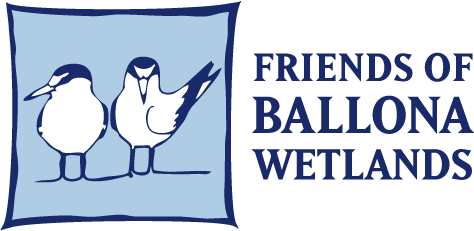WETLANDS ARE
IMPORTANT FOR MANY REASONS
A Rest Stop and Fueling Source for Birds
Millions of birds fly along the Pacific flyway, which is roughly a 7,500-mile migratory route extending from the southern tip of South America all the way to northern Alaska. Some birds may even fly 2,000 miles in 2 days, without rest! Wetlands provide refuge, food, a place to bathe and recharge for their long journey. Without these places, birds cannot complete their migration.
A Nursery for Young Fishes
Ballona’s estuaries shelter young fishes (the plural form for multiple fish species is actually “fishes”) from many predators and the rough open ocean.
A Water Filtration System
Organisms in the mud, silt, and plants help to “digest” and break down heavy metals and toxins from urban runoff, thus purifying and cleansing the water that lets out into the Santa Monica Bay.
Groundwater Recharge
Wetlands allow for water to gently percolate into the ground and down into underground rivers and aquifers, cleansing the water as it recharges our local groundwater supply. In the Los Angeles area, this is particularly important since we have depleted and polluted much of our local water supply and must rely even more heavily on imported water.
A Flood Buffer for Local Communities
The wetlands act as a sponge and can absorb many times the usual amount of water. This greatly reduces the chance of flooding nearby businesses and properties in the event of storms. This is sort of like trying to wipe up water with a hard completely dry sponge, versus a slightly damp sponge. The slightly damp sponge absorbs the water much more quickly! Give it a try and see the difference.
A Valuable Educational Resource and Opportunity for Community Activity
The wetlands are a source of community involvement in education and restoration, a part of our cultural history, and a great way to meet people.
Home
For many plants and animals the Ballona Wetlands are the only place in the vast urban spread of Los Angeles in which they can survive.
A Source of Pride and Beauty, And a Place for People to Rejuvenate
A walk along the perimeter, driving by, or even just knowing they are there can provide a needed break from the stresses of city life. Along with other benefits, the wetlands offer clean air, open space, and an opportunity to experience a natural environment and view rare wildlife.
An Air Purifier and Fresh Air Producer
Phytoplankton (plant plankton) are microscopic plants that live in the ocean and in our estuaries. They are the foundation of the marine food chain. These tiny life forms use carbon dioxide to assist them with photosynthesis, therefore cleansing our air. And it gets even better… what the by-product of phytoplankton? Clean oxygen! In fact, the ocean’s phytoplankton produce about half of our oxygen on the planet. We must take care of our ocean and wetlands because these planetary air-cleaners and food-suppliers are sensitive to temperature changes and pollution.
Vital and Abundant Base of the Food Chain
About one cubic foot of healthy estuarine (coastal wetland) mud contains hundreds of thousands of living organisms. An estuary is sort of like life soup, being a very abundant foundation for life on the planet.
FROM THE VIDEO VAULT
An appreciation for southern California's coastal wetlands and the vital role they play in maintaining a healthy environment and balanced ecosystem. Presented by Susan and Dan Gottlieb. Directed, filmed and edited by Erik Friedl. Music by Nathanael Barbey.


